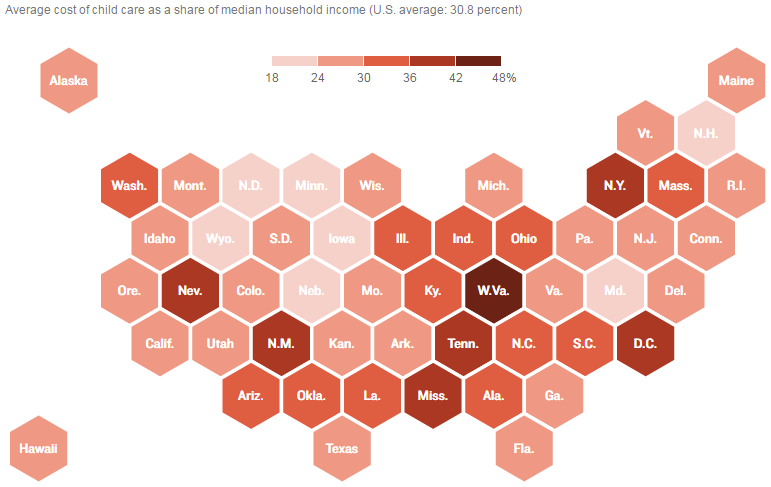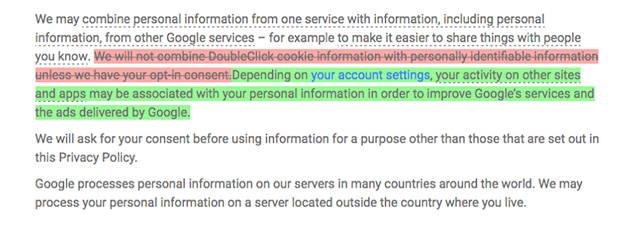Our republic of drivers is poised to become a nation of passengers.
The experience of driving a car has been the mythopoeic heart of America for half a century. How will its absence be felt? We are still probably too close to it to know for sure. Will we mourn the loss of control? Will it subtly warp our sense of personal freedom — of having our destiny in our hands? Will it diminish our daily proximity to death? Will it scramble our (too often) gendered, racialized notions of who gets to drive which kinds of cars? Will middle-aged men still splurge on outlandishly fast (or, at least, fast-looking) self-driving vehicles? Will young men still buy cheap ones and then blow their paychecks tricking them out? If we are no longer forced to steer our way through a traffic jam, will it become less existentially frustrating, or more? What will become of the cinematic car chase? What about the hackneyed country song where driving is a metaphor for life? Will race-car drivers one day seem as remotely seraphic to us as stunt pilots? Will we all one day assume the entitled air of the habitually chauffeured?
the dialectic between the old-fashioned automotive freedom and the newfangled freedom from cars.
What exactly is that freedom worth? In answering that question, we as a society will schism in curious ways. For those of us who see driving as a kind of imprisonment — which, spatially speaking, it quite literally is — an extra hour to work or play (or eat, or read, or meditate, or fix our hair and do our makeup) will be cherished. But for those who see driving as a physical expression of freedom — which, spatially speaking, it also quite literally is — the end of driving will feel like confinement.
The question will become even more complicated once it becomes entangled in the sticky web of partisan politics, which it inevitably will be — another sign of just how loaded the car is as a pack mule of American symbolism.
Source: Is the Self-Driving Car Un-American?
To a large extent I deplore its passing, for as a basically old-fashioned machine it enshrines a basically old-fashioned idea — freedom.
— novelist J. G. Ballard

